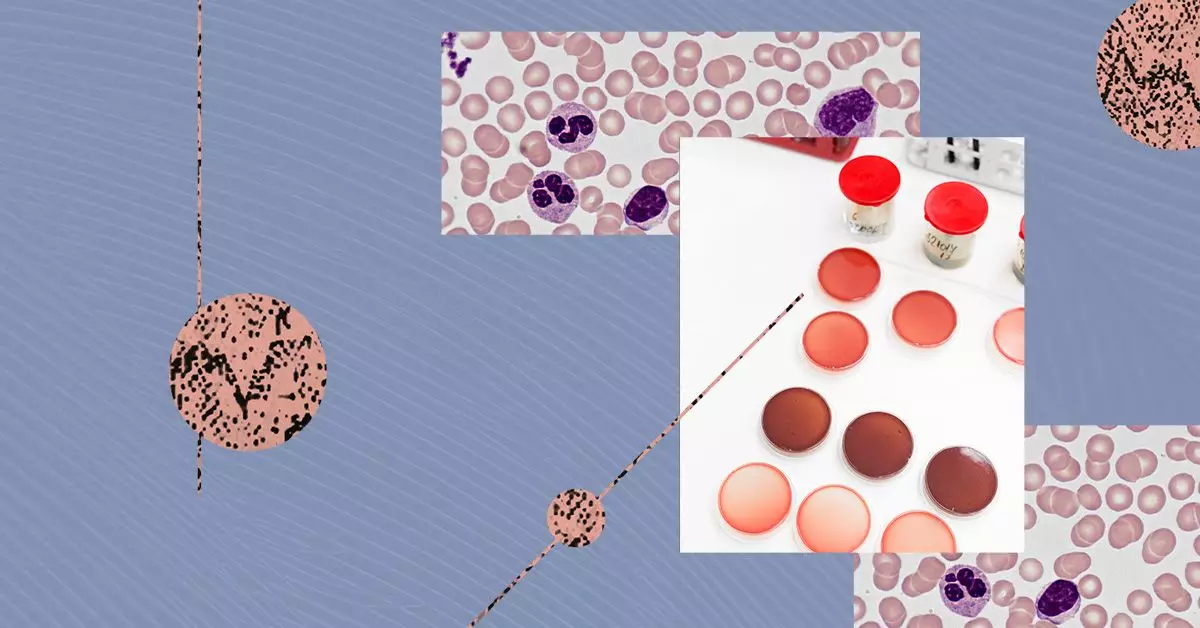Multiple myeloma (MM) is a complex and serious type of cancer that primarily targets the blood and bone marrow, leading to significant issues in the production and function of plasma cells, which play a critical role in the immune system. These cells are responsible for producing antibodies, essential proteins that help defend the body against infections. In MM, plasma cells become abnormal and multiply uncontrollably, resulting in a host of complications. It is imperative to distinguish between the various classifications of multiple myeloma, as this determination shapes treatment strategies and patient outcomes.
Key Varieties of Multiple Myeloma
Medical professionals recognize several distinct types of multiple myeloma: typical myeloma, light chain multiple myeloma (LCMM), nonsecretory myeloma (NSM), and IgM myeloma. These classifications are based on the nature of the proteins produced by the malignant plasma cells. The most prevalent form of MM is typical myeloma, which can be further divided into subtypes represented by different immunoglobulins such as IgG, IgA, IgD, IgE, and IgM. Each subtype correlates with the type of heavy chains produced by myeloma cells. For example, IgG kappa myeloma is characterized by the production of two IgG heavy chains combined with two kappa light chains.
Typical Myeloma: The Most Common Form
Among these varieties, typical myeloma remains the most frequently diagnosed form, with IgG myeloma accounting for the majority of cases. Following close behind in prevalence is IgA myeloma, with other types remaining less common, such as IgD and IgE myeloma. Understanding the specific immunoglobulin subtype is crucial, as it informs clinical decisions and prognosis. Notably, the International Myeloma Foundation classifies typical myeloma based on these immunoglobulin categories to assist in tailoring the treatment regimen for maximum efficacy.
Light Chain Multiple Myeloma: Features and Challenges
Light chain multiple myeloma involves the production of only light chains—either kappa or lambda—without associated heavy chains. This rare subtype, often referred to as “Bence-Jones myeloma” after its discoverer, comprises approximately 15% of all multiple myeloma cases. Patients diagnosed with LCMM face a more aggressive disease trajectory and present challenges in monitoring and treatment, as the malignant cells may not adhere to the same patterns observed in other myeloma types.
Nonsecretory myeloma, another distinct form of multiple myeloma, is marked by the lack of detectable monoclonal protein in the patient’s serum or urine. This rarity—accounting for only 1% to 5% of multiple myeloma cases—makes it substantially harder to diagnose and monitor. Because nonsecretory myeloma does not produce significant levels of proteins typically associated with multiple myeloma, healthcare providers often encounter difficulties in identifying the disease early, complicating its management and worsening overall prognosis for those affected.
IgM Myeloma: A Unique Presentation
IgM myeloma, representing less than 0.5% of myeloma instances, poses additional diagnostic challenges due to its clinical similarities with Waldenström macroglobulinemia, a type of lymphoma. This overlap necessitates careful differential diagnosis to tailor appropriate treatment strategies effectively. Given its rarity, there is still a significant gap in understanding this subtype, prompting further research into its pathogenesis and best practices for management.
In addition to the primary types of multiple myeloma, several precursor conditions exist that can heighten the risk of developing active disease. Smoldering multiple myeloma (SMM) is an asymptomatic stage characterized by increased plasma cells in the bone marrow and elevated monoclonal proteins in the blood. Although SMM does not require immediate intervention, vigilant monitoring is essential to catch potential progression into symptomatic myeloma.
Furthermore, solitary plasmacytoma and monoclonal gammopathy of undetermined significance (MGUS) present additional layers of complexity regarding patient care. While solitary plasmacytoma may develop into multiple myeloma if left unchecked, MGUS—though non-cancerous—necessitates careful follow-up due to its potential to evolve into malignancies.
The multitude of myeloma variants underscores the necessity of accurate diagnosis in guiding treatment and improving patient outcomes. With each subtype presenting unique challenges and characteristics, ongoing research and education in the field remain vital for healthcare professionals. Understanding these distinctions ultimately better equips medical teams to handle this intricate disease and provide improved care for patients grappling with the implications of multiple myeloma and its related disorders.

